The Medieval era was a time of profound spiritual expression, and sacred music played a central role in religious life. Rooted in Christian traditions, this music evolved from simple, unaccompanied chants to intricate polyphonic compositions. Monastic communities and cathedral schools became key centers for musical innovation, with theorists and composers developing new systems of notation and harmony. This chapter explores the rich history, influential figures, and lasting impact of sacred music during this period.
Gregorian Chant
Sung in Latin with a calm, flowing style and no instruments.
Monophonic, meaning it had just one melody with no harmonies.
Often memorised rather than written down because music notation was still developing.
Song: Salve Regina (Hail Holy Queen)
Composer: Anonymous
Song: Rex Cæli (King Of The Heaven)
Composer: Anonymous
Song: Quant En Moy (When in me)
Composer: Guillaume de Machaut
Song: Nicholai Presulis (Saint Nicholas)
Composer: Anonymous
Song: Kyrie - Orbis Factor (Lord, Have Mercy - Creator of the world) from Gradual of Eleanor of Brittany
Composer: Anonymous
Part 2 - Sacred Music In The Medieval Era
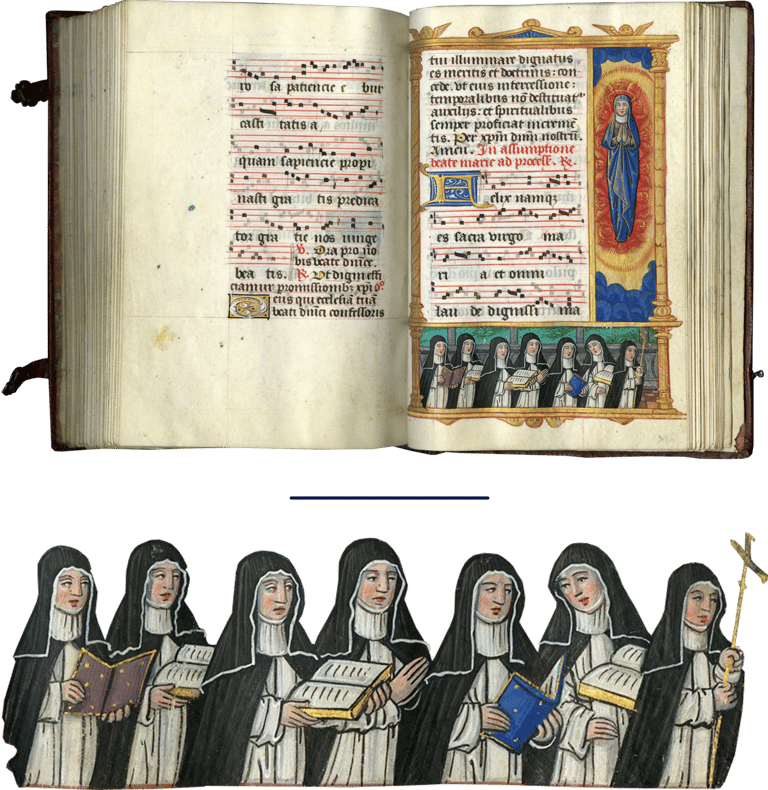

Organum
An early form of polyphony, meaning multiple melodies are sung together.
Organum started by adding a second melodic line to Gregorian Chant, creating richer sound layers.
Conductus
A sacred song where all voices move together in the same rhythm, called homo-rhythm.
Motet
A complex vocal form with multiple melodies sung at the same time.
Originally used for church music, it later became popular in secular music too.
Mass
A structured religious service featuring five key sections each with its own unique style of music:
Kyrie (Lord, Have Mercy) - A plea for mercy
Gloria (Glory to God in the Highest) - A hymn of praise
Credo (I Believe) - A statement of Christian faith
Sanctus (Holy, Holy, Holy) - A song of holiness
Agnus Dei (Lamb Of God) - A plea for peace and forgiveness
The music was mostly single melodic lines called chants, with little harmony. Later, early polyphony like organum - where a second voice was added to the chant - began to appear but was still simple. Rhythm was free and not steady, focusing on clearly singing the sacred texts for worship.
Key Terms to Remember:
Monophony: Music with a single melodic line.
Polyphony: Music with two or more independent melodies played or sung at the same time.
Homorhythm: When all parts of the music move together in the same rhythm.
Cantigas
Sacred cantigas were religious songs from medieval Spain and Portugal, written in Galician-Portuguese during the 13th century. The most famous collection is the Cantigas de Santa Maria, compiled under King Alfonso X of Castile (also known as Alfonso the Wise).
These cantigas were monophonic (single melody line) and praised the Virgin Mary, often telling stories of her miracles - like healing the sick, saving sailors, or helping the poor. Some cantigas expressed devotion, while others narrated dramatic or even humorous miracle tales.
Though religious in theme, these songs were performed outside the church in courtly settings, festivals, or processions, making them a bridge between sacred and secular traditions. Their melodies were catchy and simple, often accompanied by instruments, which made them easy to remember and sing.
Song: Rosa Das Rosas (Roses of Roses), No. 10 from Cantiga de Santa Maria
Composer: Alfonso X
Influential Sacred Music Figures
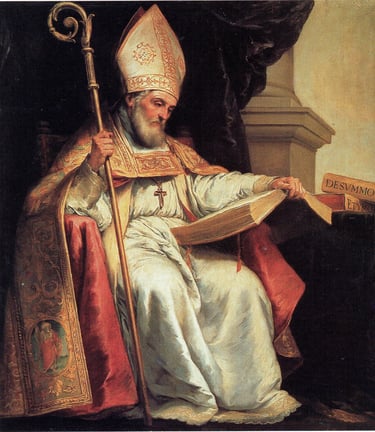

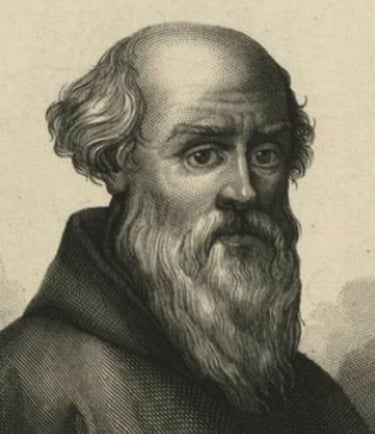

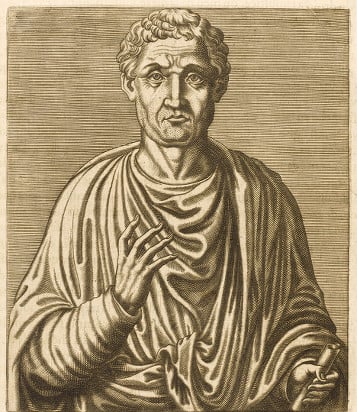

Boethius
(c. 480 – 524/525)
A prominent philosopher & theorist who explored music's connection to mathematics and its role in understanding the universe and divinity in his theory work 'De Institutione Musica.'
Isidor of Seville
(c. 560 – 636)
A music theorist who documented ancient musical concepts, including the classification of instruments and the role of music in education and society through his work 'Etymologiae'.
Guido of Arezzo
(c. 991 – after 1033)
A monk, who invented the four-line staff notation and the "Ut-Re-Mi" system, which has evolved into the modern five-line staff and solfège system, forming the foundation of music literacy.
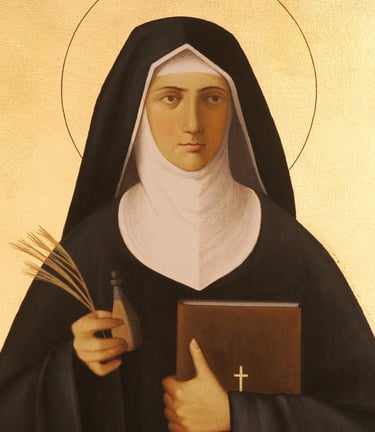

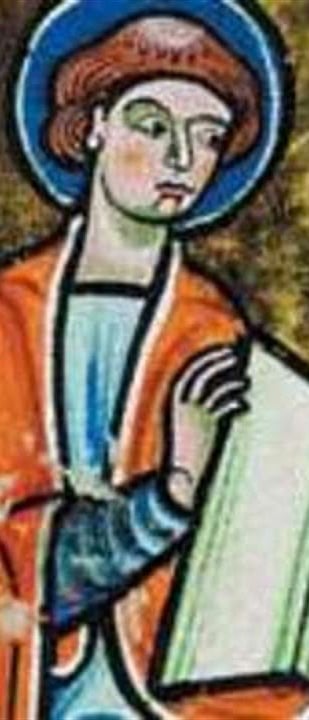

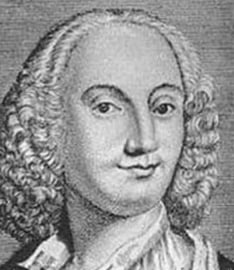


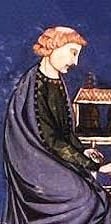
Hildegard von Bingen
(1098 – 1179)
A German female composer who wrote mystical chants and sacred dramas, including the popular morality play Ordo Virtutum. Known for her unique blend of music, theology, and spirituality.
Léonin & Pérotin
(fl. c. 1150s – c. 1201) & (fl. c. 1200)
Léonin and Pérotin, key figures of the Notre Dame School, pioneered early polyphony. Léonin's Magnus Liber Organi expanded Gregorian chant with added melodic lines, while Pérotin (his successor) advanced this by introducing three and four-part polyphony, enhancing rhythmic complexity and harmony.
Guillame de Machaut
(c. 1300 – 1377)
A master of polyphonic mass compositions who popularised the concept of "Iso-rhythms" (a technique involving the repetition of rhythmic patterns (talea) while the melodic content (color) changes).
Notes:
"c." stands for circa, meaning "around" or "approximately."
"fl." stands for floruit, meaning the person was active or at the peak of their work during that time.
Exact birth and death years are often uncertain for Medieval composers; estimates are based on the best available historical sources.